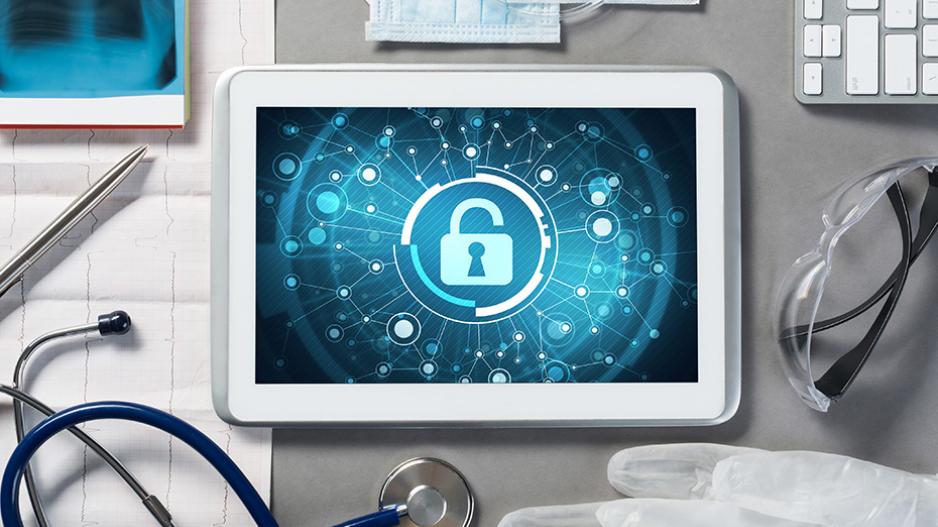Video technology at the service of the healthcare sector
Since the beginning of the pandemic we have realized that technology, once again, is indispensable in our lives. Technology allows us to be in contact and to take control of our environment. On other occasions we have talked about residential control, security, energy efficiency, air conditioning, lighting control and above all, the comfort that is achieved thanks to Censys home automation. In this post we talk about how Censys home automation can improve the functioning of the healthcare sector.
Currently the home automation that people know is the one in which we control the functionalities of the home, but today home automation can be applied to most sectors of society and the most notable and important today is the health sector. Home automation is the perfect assistance that seniors need, especially in critical moments, when it is enough to ask for medical assistance from a smart speaker. Virtual assistants can help in critical moments, but they can also help the elderly feel less alone, giving them conversation. In addition, thanks to the convenience of remote monitoring and surveillance, older people can stay alone and live in their own houses longer, and depend less on their relatives or assistants.
Home automation can also help prevent the spread of coronavirus by avoiding contact between assistants and nurses with patients, since they can receive all medical care remotely. Through video technology we can monitor all patients without the need to have contact with them and we can also check alterations and anomalies in people’s temperature, thanks to the MOBOTIX thermal imagers with a thermal sensor that we put at your disposal at Censys.
These reliable video systems can help reduce the burden of caregivers and help care for patients and residents, especially those from risk groups. Dangers and risks are detected through intelligent systems that also warn and initiate the assistance and rescue of patients. Therefore, we will achieve a digital and discreet patient care and a lower workload for healthcare personnel, as well as an optimization of healthcare.








